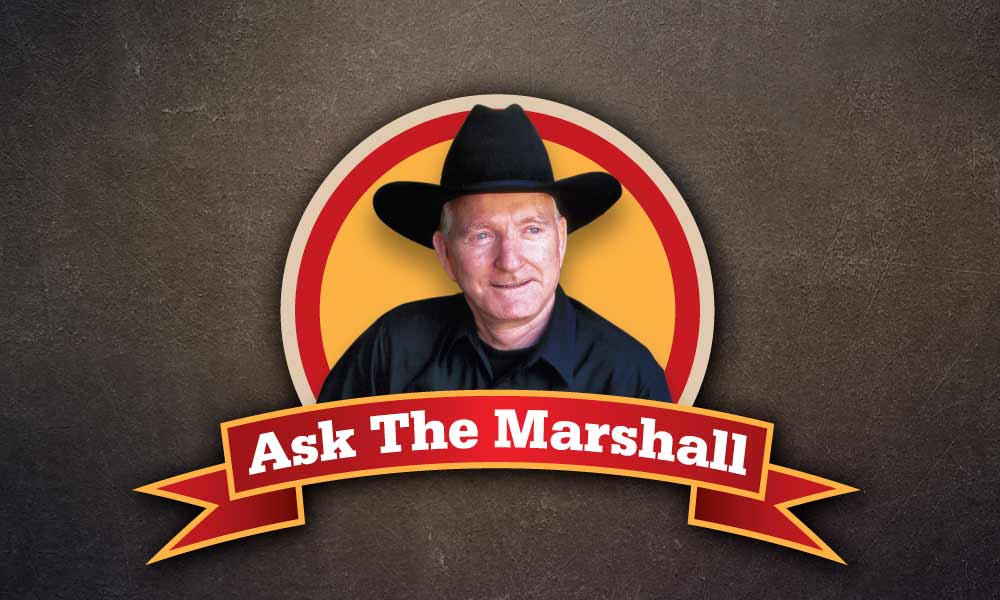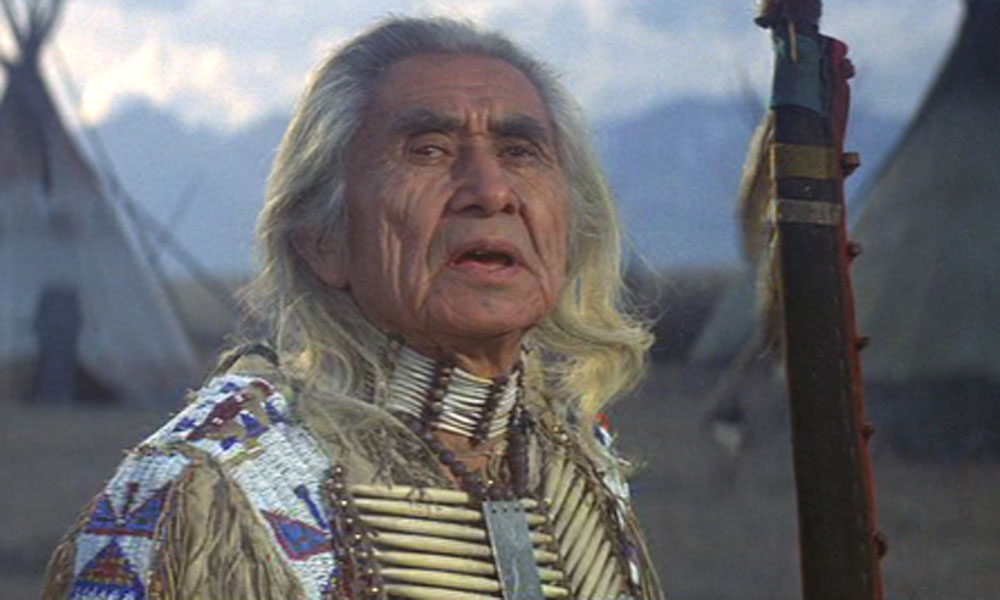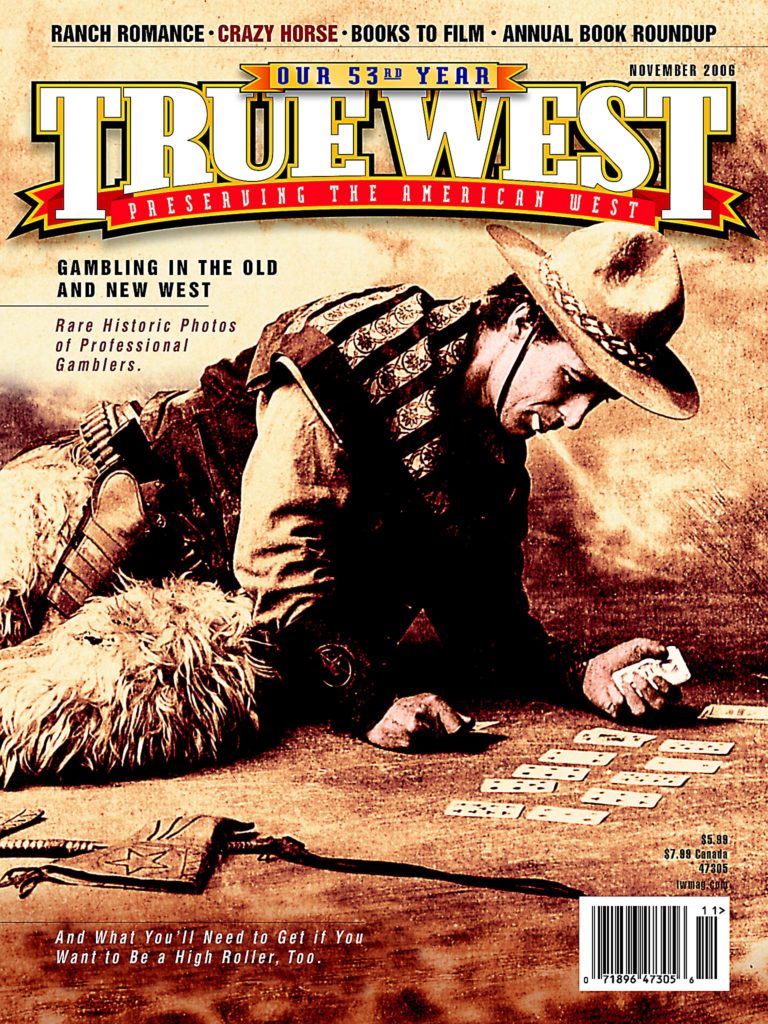In Westerns, I’ve heard fighters say, “Pick off the chief with the headdress on, and the rest will go away.” Did this really happen in the West?
Cecelia Atkinson
Bedford, Indiana
The object in just about any battle or skirmish is to figure out who’s leading on the other side and try to pick them off. That would be true at the Battle of Adobe Walls, as well as the Battle of the Bulge.
Indian war leaders often wore fancy headgear and other mementos of heroic acts from previous battle, so, yes, this did set them up as a target for sharpshooters on the other side.
Generally speaking, Indian war chiefs always tried to hold casualties to a minimum and would call a halt to a battle before taking too many killed or wounded. Thus, Indian warriors often would pull back from a fight if their leader went down. They might consider it “bad medicine” and decide to fight another day.
But Indians vary in their fighting style, and caution should be taken when describing battles involving them. Some warriors, like the Comanche and other Plains tribes, fought in large numbers, while groups like the Apaches fought guerrilla-style in small bands.




